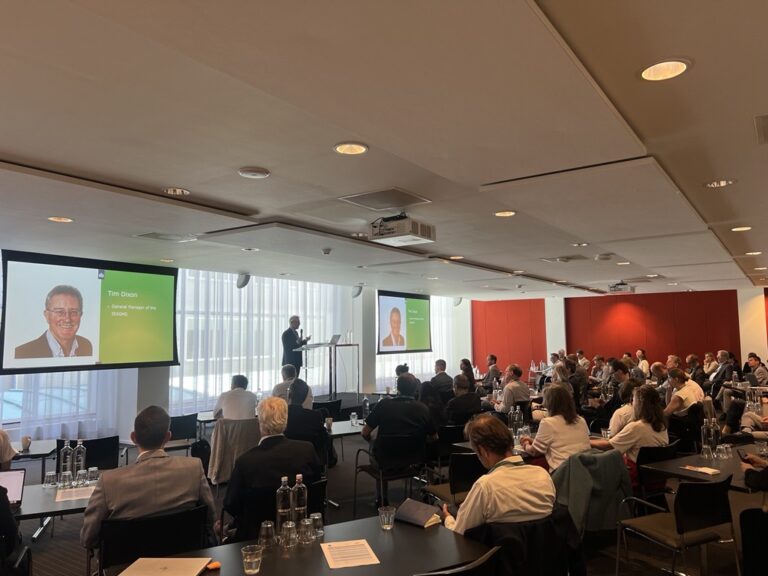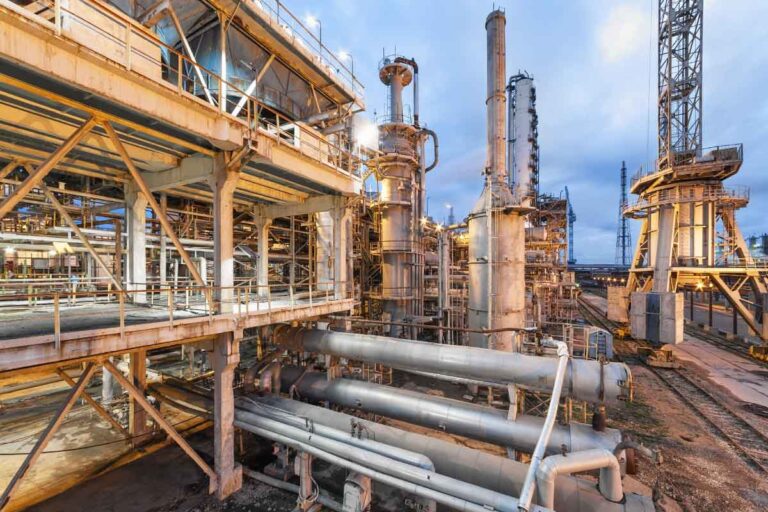
New Report: 2016-10 – Techno-Economic Evaluation of Retrofitting CCS in a Market Pulp Mill and an Integrated Pulp and Board Mill.
21 March 2017

Globally, the pulp and paper (P&P) industry is the fifth largest industrial source of CO2 emissions. Recently, the Paris Agreement has highlighted the target of achieving below 1.5oC temperature rise. In order to achieve this goal, bio-CCS has an important role to play to achieve this target.
In a pulp mill, the CO2 emissions arise mainly from its recovery boiler, multi-fuel boiler and lime kiln. The majority of this CO2 originates from the combustion of biomass, which renders it as carbon neutral if the biomass used as raw materials of the pulp production is grown and harvested in a sustainable manner. If the CO2 emission from pulp and paper industry is captured and permanently stored, then this could be considered as a potential carbon sink. As such, the pulp and paper industry could be regarded as an industry with potential for the early demonstration of both bio-CCS and industrial CCS.
This study provides an assessment of the performance and costs of retrofitting CCS in a Nordic Kraft Pulp Mill (Base Case 1A) and an Integrated Pulp and Board Mill (Base Case 1B). Different configurations of capturing CO2 (90%) from the flue gases of the recovery boiler, multi-fuel boiler and lime kiln were examined.
Key messages:
- This study has established the baseline information in evaluating the techno-economics of retrofitting post-combustion CO2 capture plant using MEA as solvent to (a) an existing Kraft pulp mill producing 800,000 adt pulp annually and (b) an existing integrated pulp and board mill producing 740,000 adt pulp and 400,000 adt 3-ply folding boxboard annually.
- It should be highlighted that performance of retrofitting CCS in an existing industrial complex is very site specific. This is also true if CCS is deployed to an existing pulp mill.
- For the market pulp mill, the excess steam produced by the mill is sufficient to cover the additional demand from the CCS plant. For an integrated pulp and board mill, there is less excess steam available for the CCS plant, therefore the addition an auxiliary boiler is required.
- The retrofit of CCS increases the levelised cost of pulp (LCOP) produced by the market (standalone) pulp mill in the range of 20 to 154 €/adt (4 – 30%), and increases the LCOP produced by the integrated pulp and board mill in the range of 22 to 191 €/adt (4 – 37%). This translates to a CO2 avoided cost (CAC) between 62 and 92 €/t CO2 for the pulp mill and between 82 and 92 €/t CO2 for the integrated pulp and board mill.
- This study assessed the sensitivity of the cost if incentives to the renewable electricity credit, CO2 taxes, and negative emissions credit are provided. It can be concluded that the most favourable route to encourage the pulp industry to deploy bio-CCS is by providing sufficient incentives for their negative emissions.
Other articles you might be interested in
Get the latest CCS news and insights
Get essential news and updates from the CCS sector and the IEAGHG by email.
Can’t find what you are looking for?
Whatever you would like to know, our dedicated team of experts is here to help you. Just drop us an email and we will get back to you as soon as we can.
Contact Us NowOther articles you might be interested in
Get the latest CCS news and insights
Get essential news and updates from the CCS sector and the IEAGHG by email.
Can't find what you are looking for?
Whatever you would like to know, our dedicated team of experts is here to help you. Just drop us an email and we will get back to you as soon as we can.
Contact Us Now









